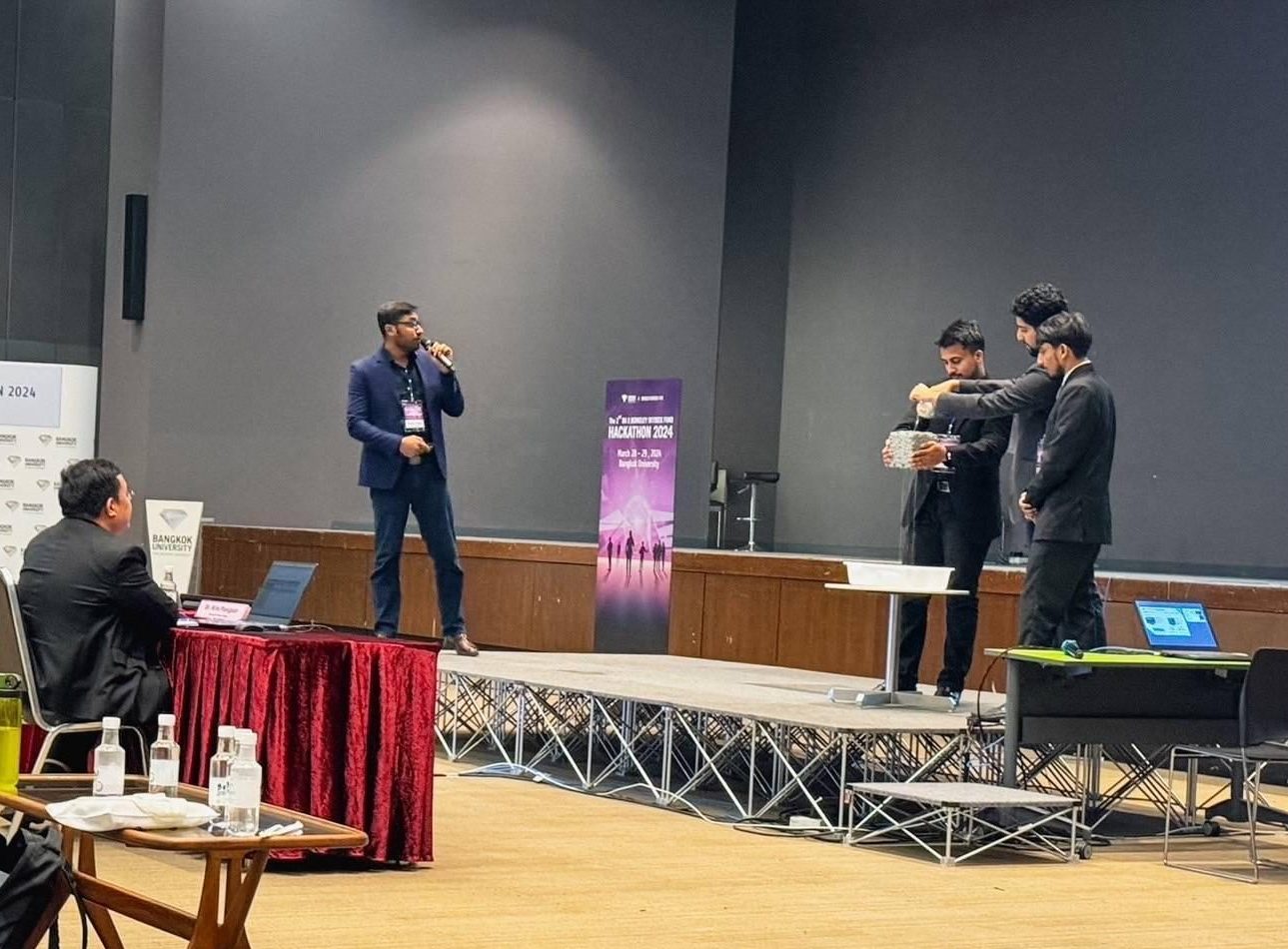
Prof. Sashi Kunnath
Recall the 9-11 disaster, when the Twin Towers collapsed after being struck by airplanes. Or the 22-storey Ronan Point Building in the United Kingdom, which witnessed a partial collapse in 1968 following a gas explosion in one corner of the building. Such situations have drawn increased attention in recent years, and they were the focus of AIT’s Sixth Distinguished Adjunct Faculty (DAF) Seminar delivered by Prof. Sashi Kunnath on 22 August 2016.
Titled “Progressive Collapse Analysis of Reinforced Concrete Frame Buildings Following Sudden Column Loss,” Prof. Sashi’s lecture illustrated the mechanics of failure in structural building systems due to the sudden loss of a load-bearing element. Citing the case of the Ronan Point building, he stated that one person’s simple act of igniting a match to make a cup of tea caused a gas explosion that triggered the partial collapse of the building. The structure had just been inaugurated, and the accident led to an investigation into how a mishap in one section of a building can trigger much more widespread damage.
The Ronan Point accident also heralded changes in legislation as people raised questions about the stability of tall structures. This led to interest in what is now known as the “progressive collapse analysis” of buildings. Prof. Sashi described the phenomenon as a situation where local failure of a primary structural component leads to the collapse of an adjoining member, which, in turn, leads to further collapse.
This was the Sixth DAF Seminar organized at AIT. Prof. Sashi is an AIT alumnus (Master’s in Structural Engineering and Construction, 1982), currently serving as Professor in the Department of Civil and Environmental Engineering at the University of California at Davis (UCD), having previously served as Department Chair (2009–2015). Prior to studying at AIT, he received his undergraduate degree from Bangalore University, India, and he followed this with a PhD from the University at Buffalo, State University of New York.
Prof. Sashi’s talk was introduced by Prof. Pennung Warnitchai of AIT’s School of Engineering and Technology (SET) and Mr. Surendra Shrestha, AIT’s Vice President for Development.








